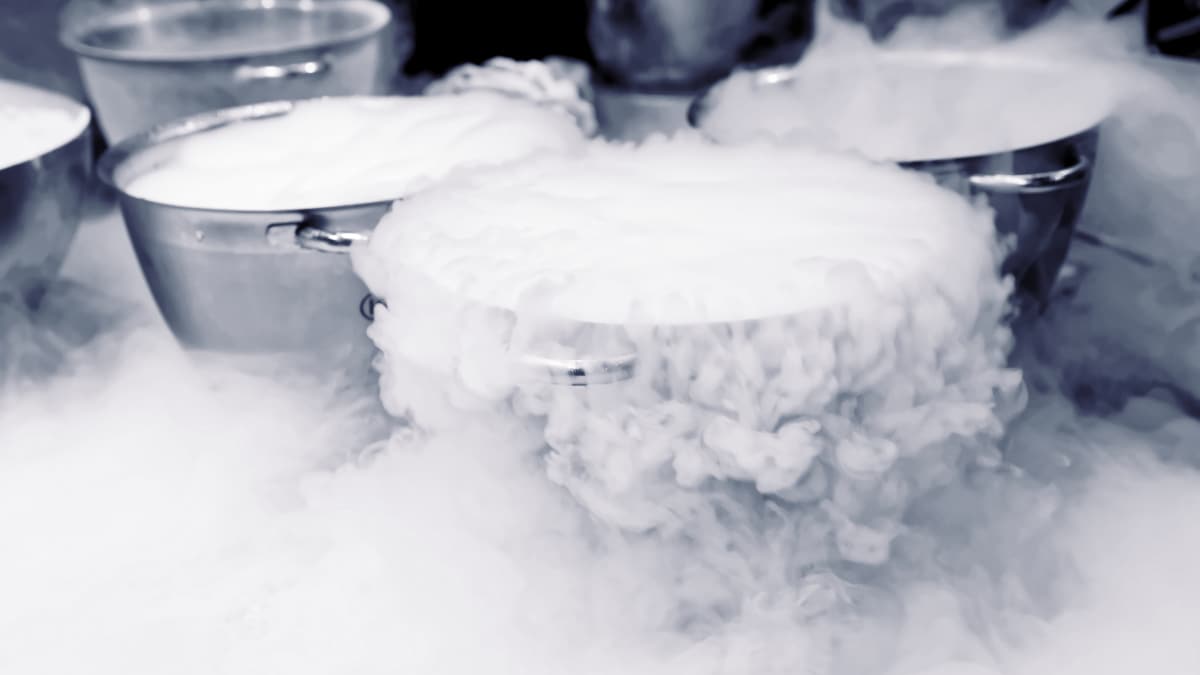What gas is produced when liquid nitrogen evaporates?

When liquid nitrogen evaporates, it turns into nitrogen gas (N₂). Nitrogen is a colorless, odorless, and tasteless gas that makes up about 78% of the Earth's atmosphere.
- Evaporation Process: Liquid nitrogen is stored at extremely low temperatures, around -196°C (-321°F). When exposed to higher temperatures, such as room temperature, it absorbs heat and undergoes a phase change from liquid to gas. This process is called evaporation.
- Volume Expansion: As liquid nitrogen evaporates, it expands significantly in volume. A small amount of liquid nitrogen can produce a large volume of nitrogen gas.
- Inert Nature: Nitrogen gas is chemically inert, meaning it does not easily react with other substances. This property makes it useful in various applications where reactivity needs to be minimized, such as in food packaging, electronics manufacturing, and scientific research.
- Safety Considerations: While nitrogen gas itself is non-toxic and non-flammable, it can pose an asphyxiation hazard in confined or poorly ventilated spaces. As nitrogen gas evaporates, it can displace oxygen in the air, leading to a decrease in breathable oxygen levels.
- Common Uses: The nitrogen gas produced from liquid nitrogen evaporation is used in a wide range of applications. In laboratories, it is used for inert atmospheres and preserving biological samples.
- Environmental Impact: Since nitrogen gas is a major component of the Earth's atmosphere, its release from liquid nitrogen evaporation has no significant environmental impact. It simply re-enters the natural nitrogen cycle.
Created by: Salasar Carbonics
Recommended





Comments